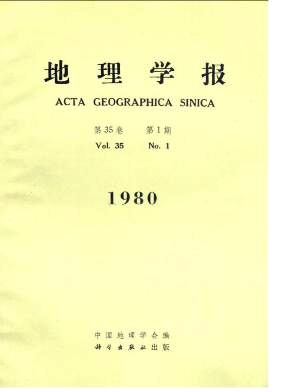Chen Jingsheng
Researches in chemical precipitates in soils and sediments help to reconstruct Paleogeographical pictures of Quaternary period.Main chemical precipitates in soils and sediments in northern China are ferric-manganse oxides, silion dioxides, calcium carbonates, calcium sulfates and soluble salts. The distribution areas of different chemical precipitates are different. Precipi-tates of ferric-manganse oxides and silicon dioxides are distributed widely in all natural zones in northern China, from desert zone, semidesert zone, steppe zone, forest-steppe zone up to forest zone. Precipitates of calcium carbonates occur in desert zone, semidesert zone, steppe zone, forest-steppe zone and part of forest zone. Precipitates of gypsum are restricted in desert zone and semidesert zone, while precipitates of soluble salts occur in desert zone only.Increasing varieties of chemical precipitates occur from North-east China through North China to North-west China. There are only ferric-manganse and silicon dioxides in soils of forest zone of North-east China and North China. Besides these, there are calcium carbonates in soils and sediments of North China plains, Inner Mongolian plateaus and Loess plateaus. There are also gypsum and soluble salts in soils and sediments of desert zone and semidesert zone.
